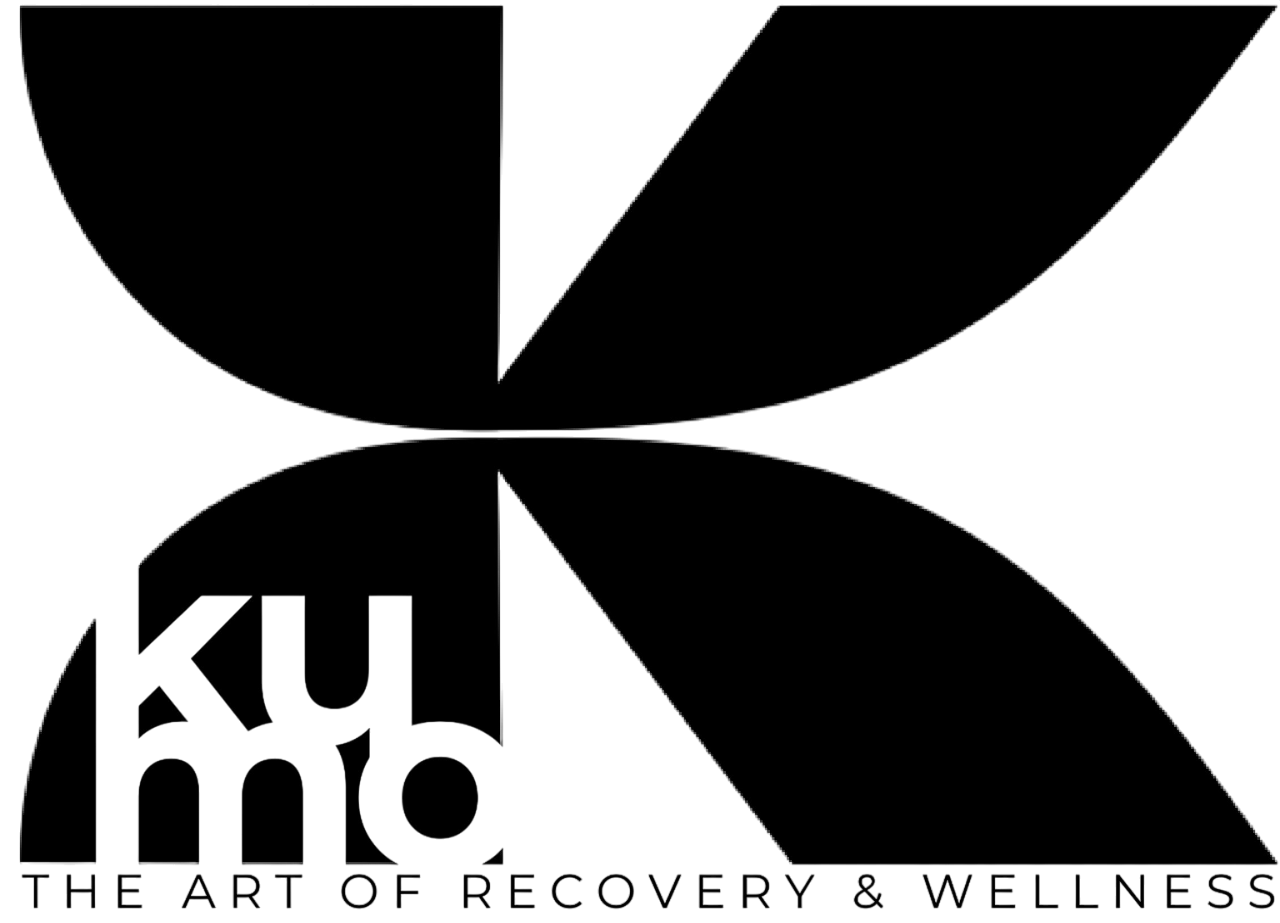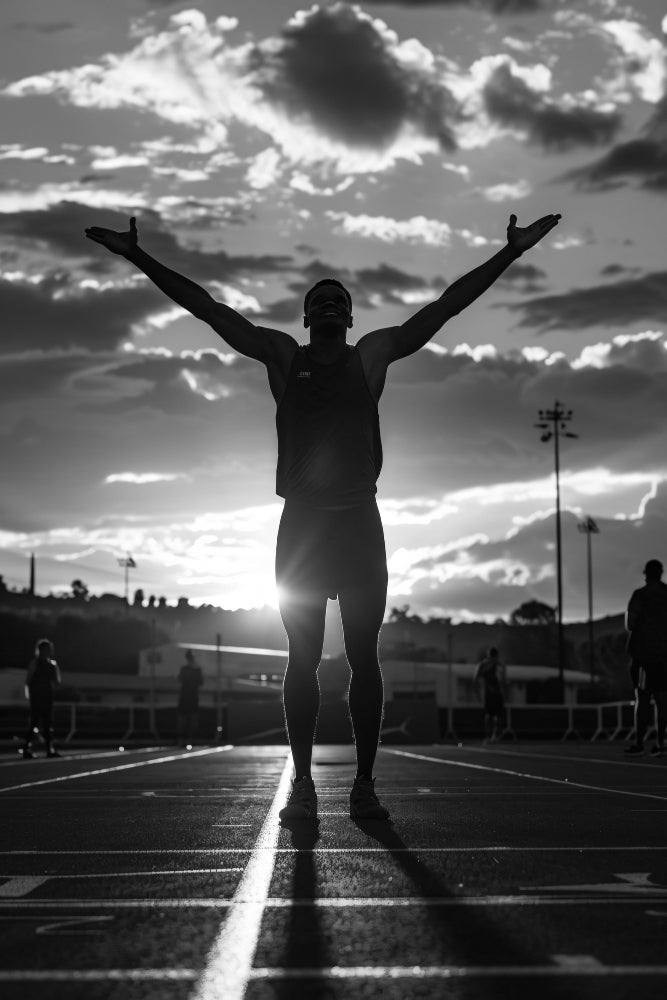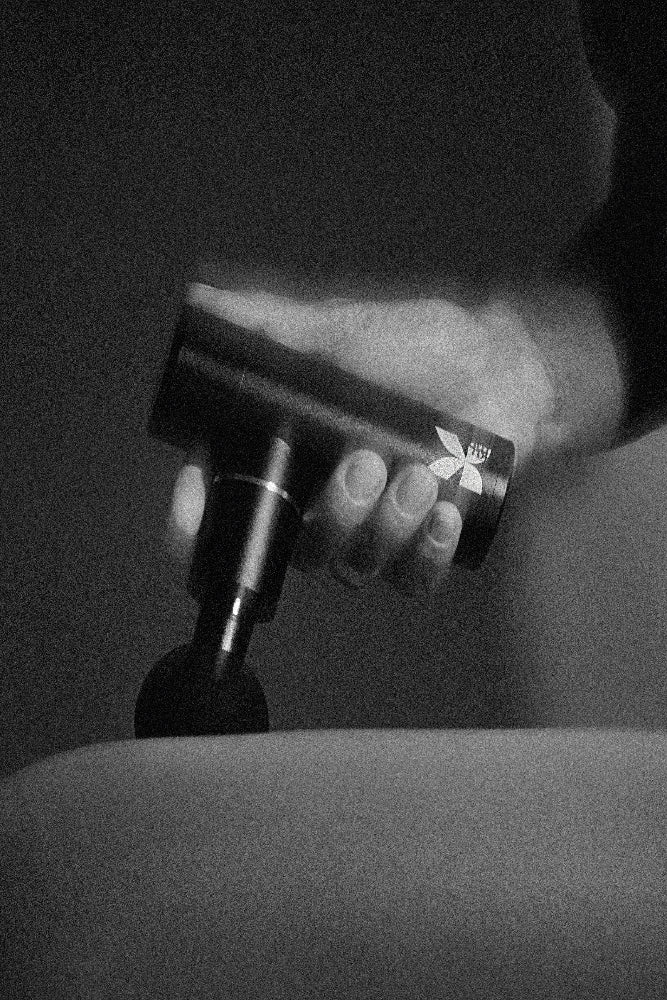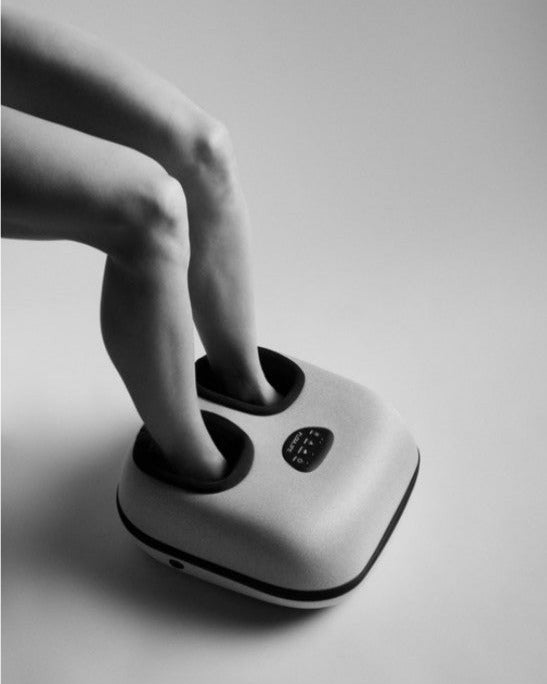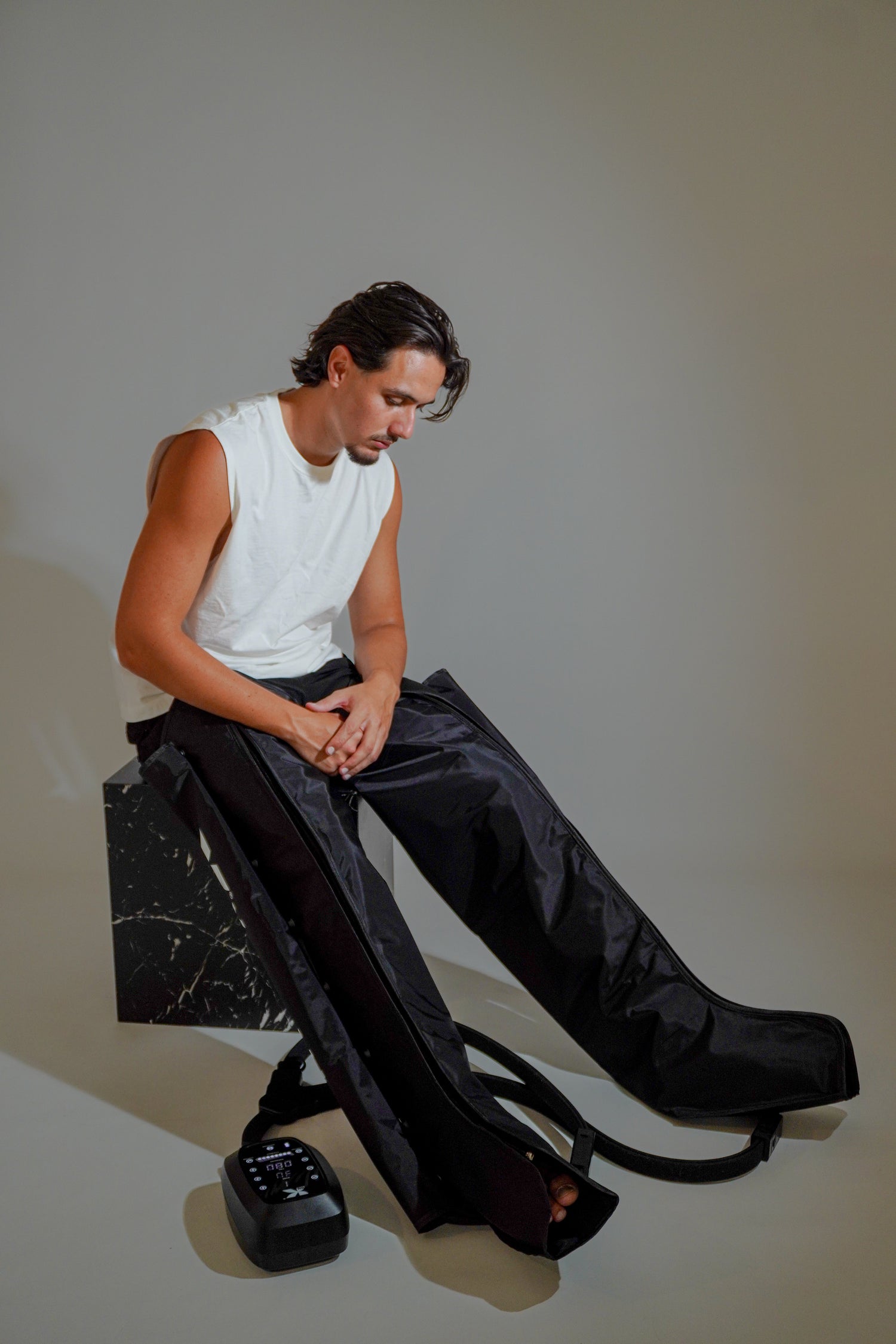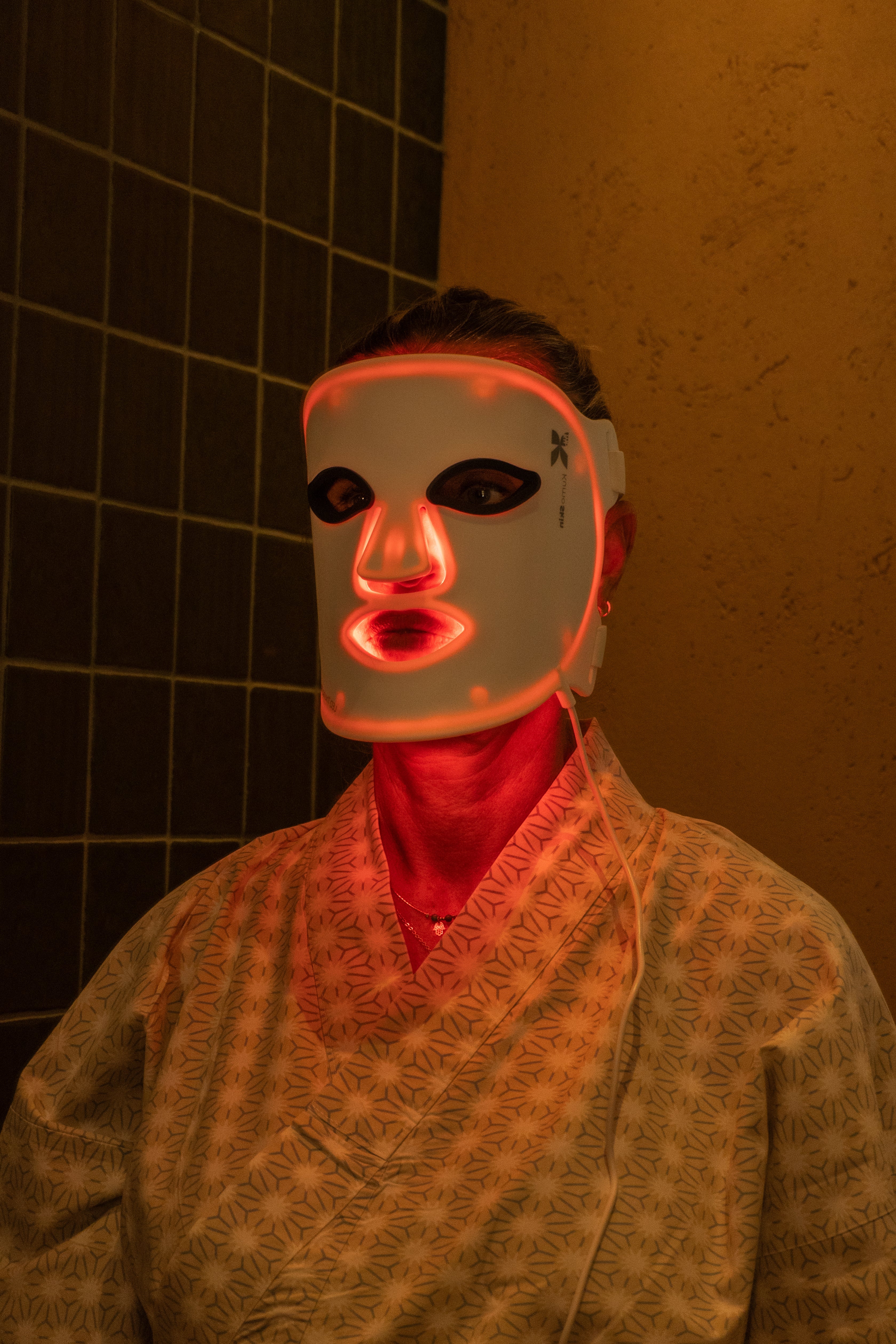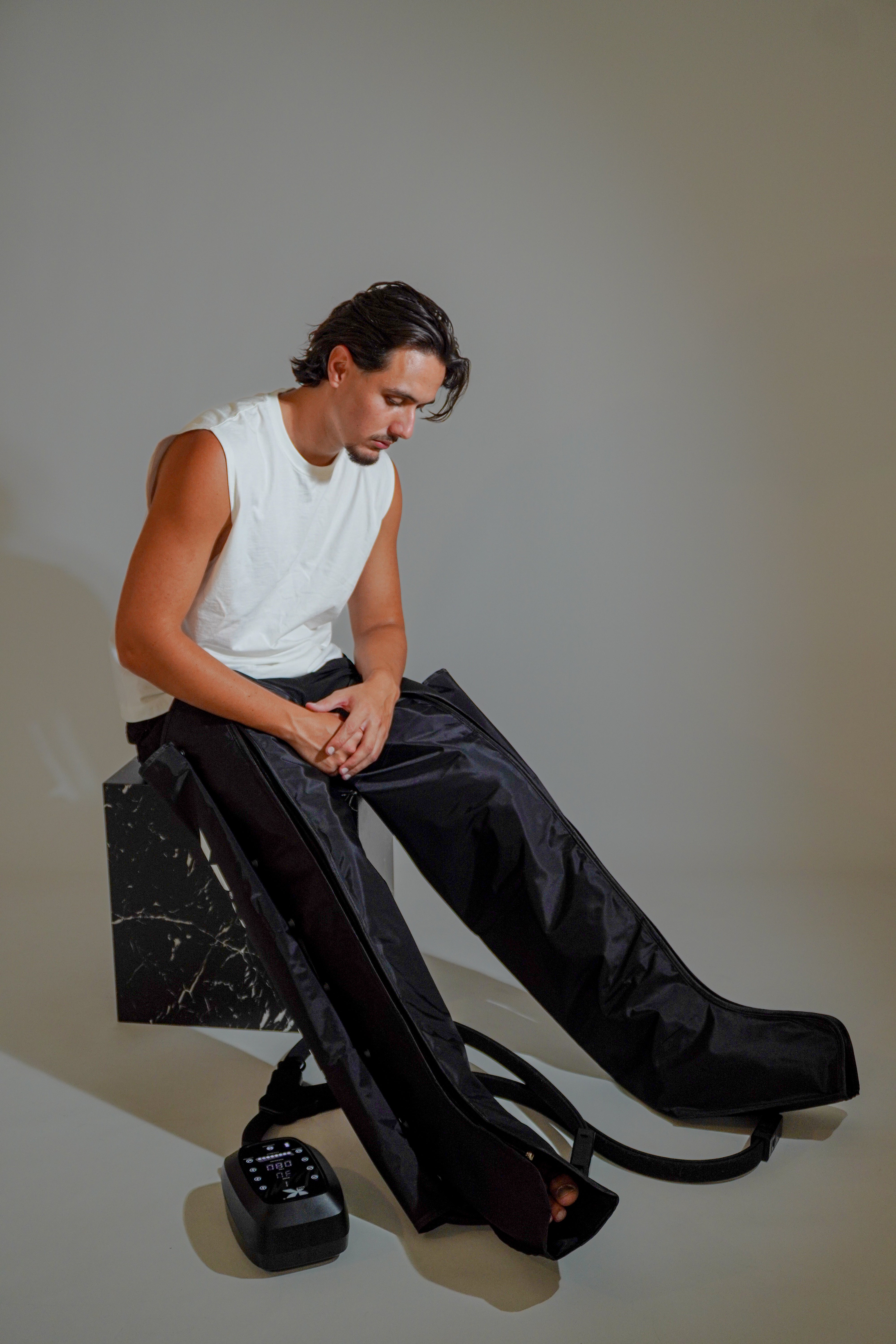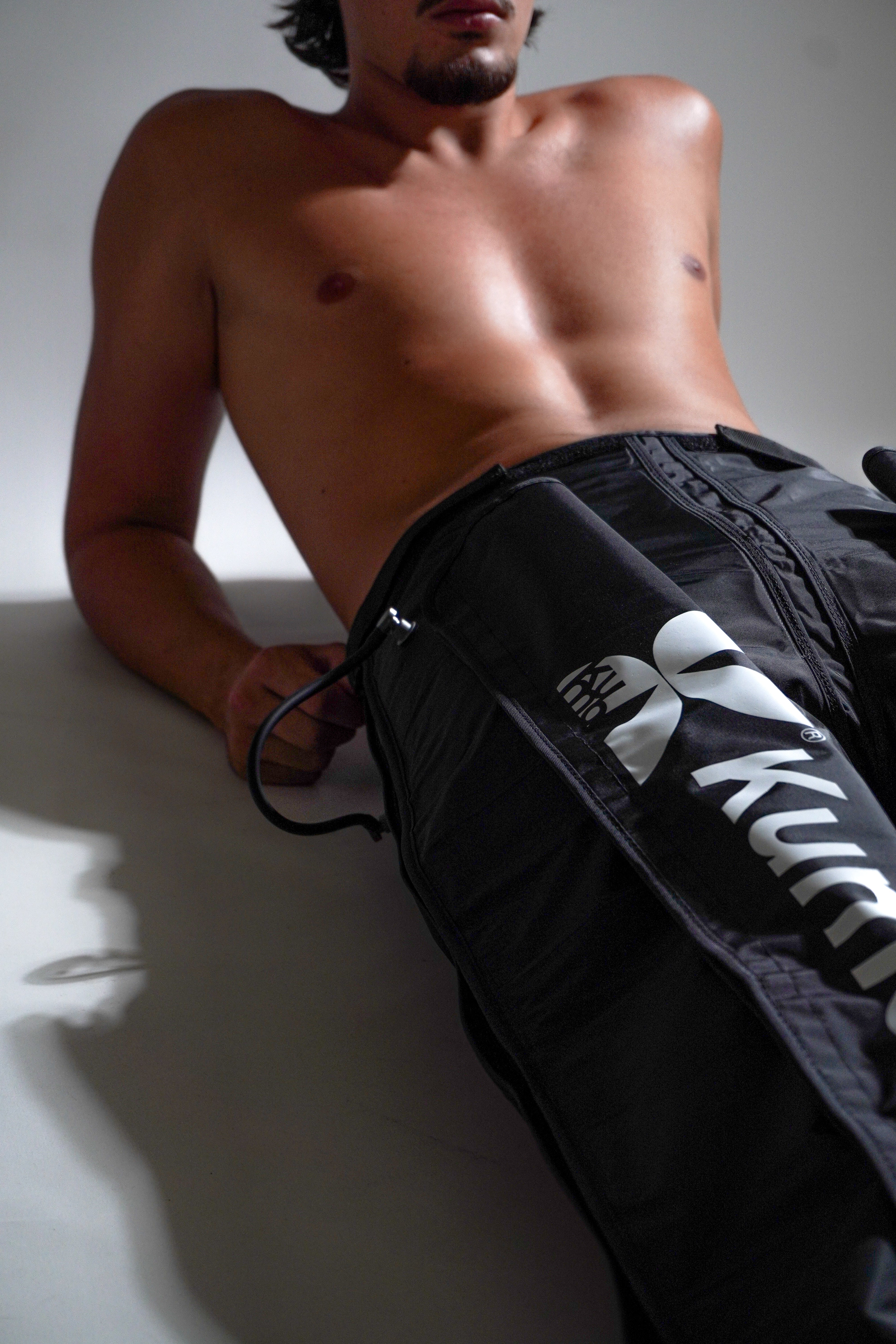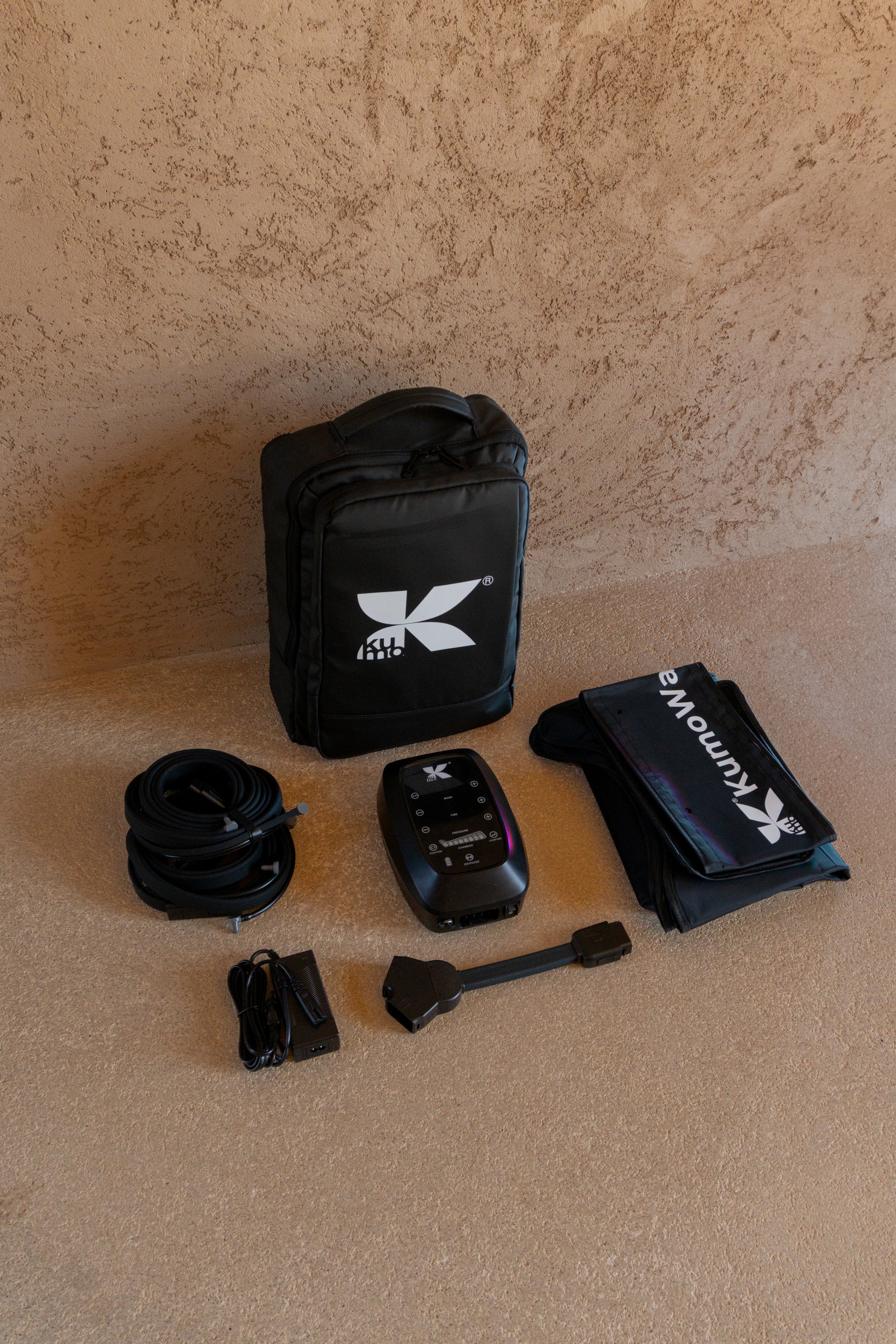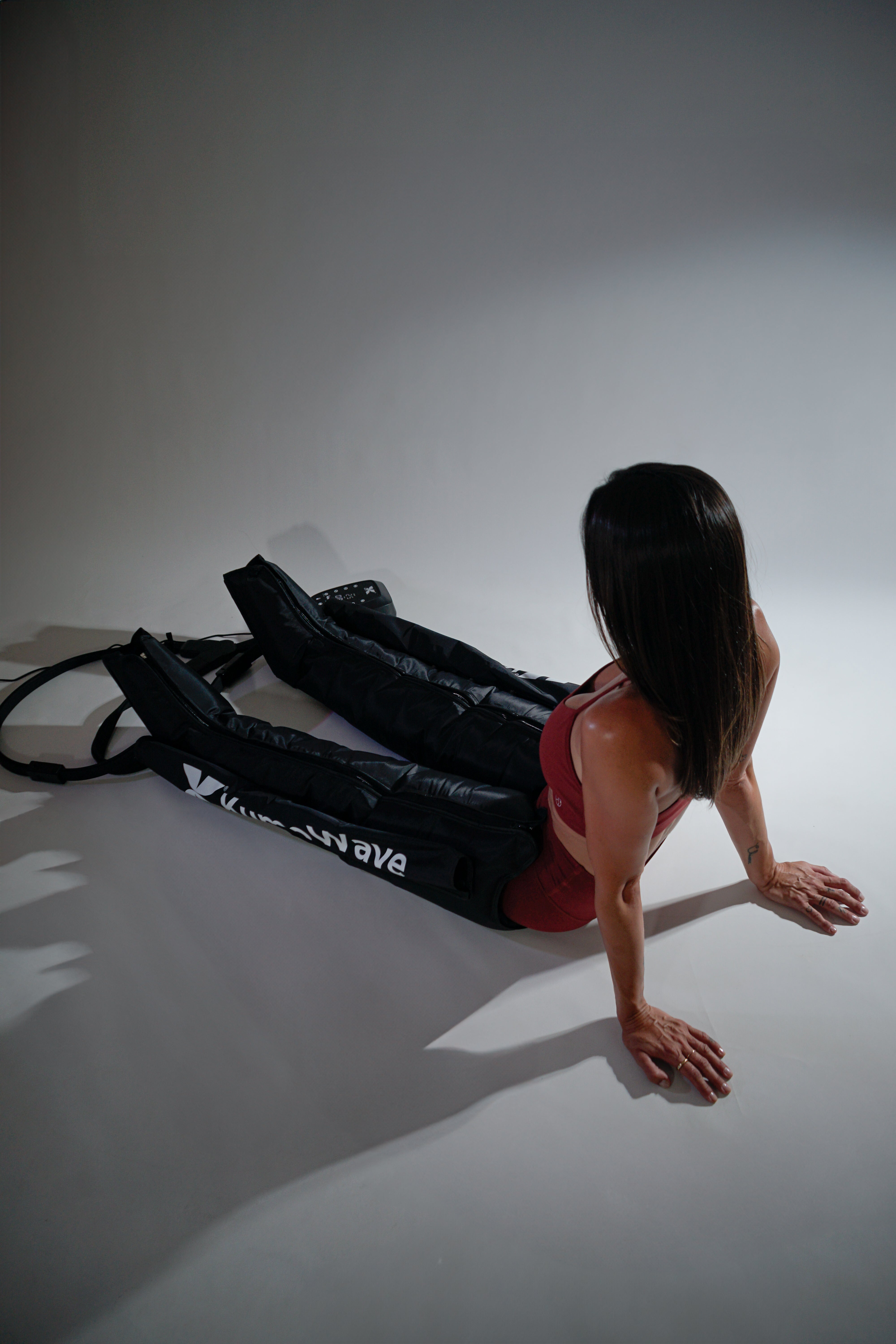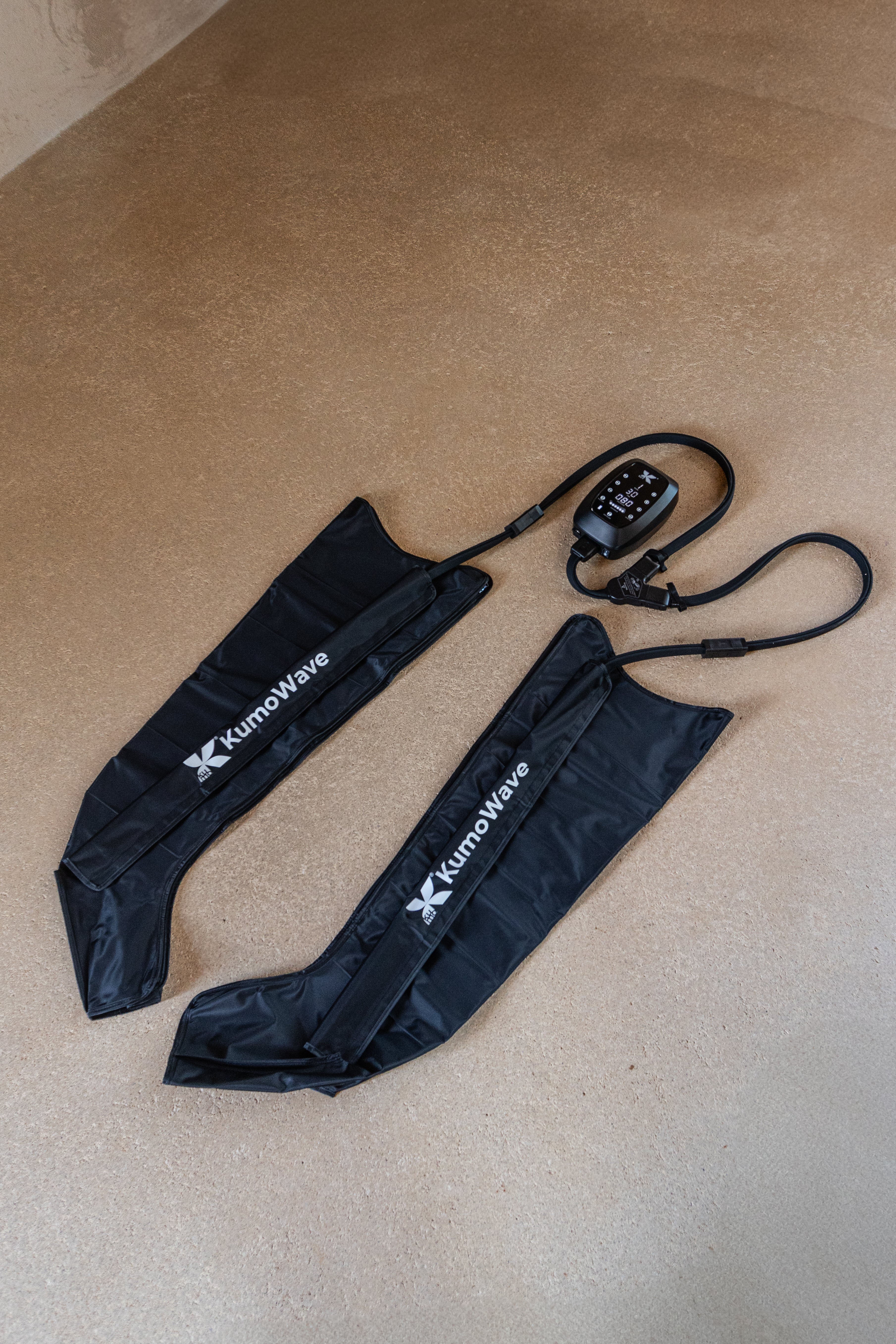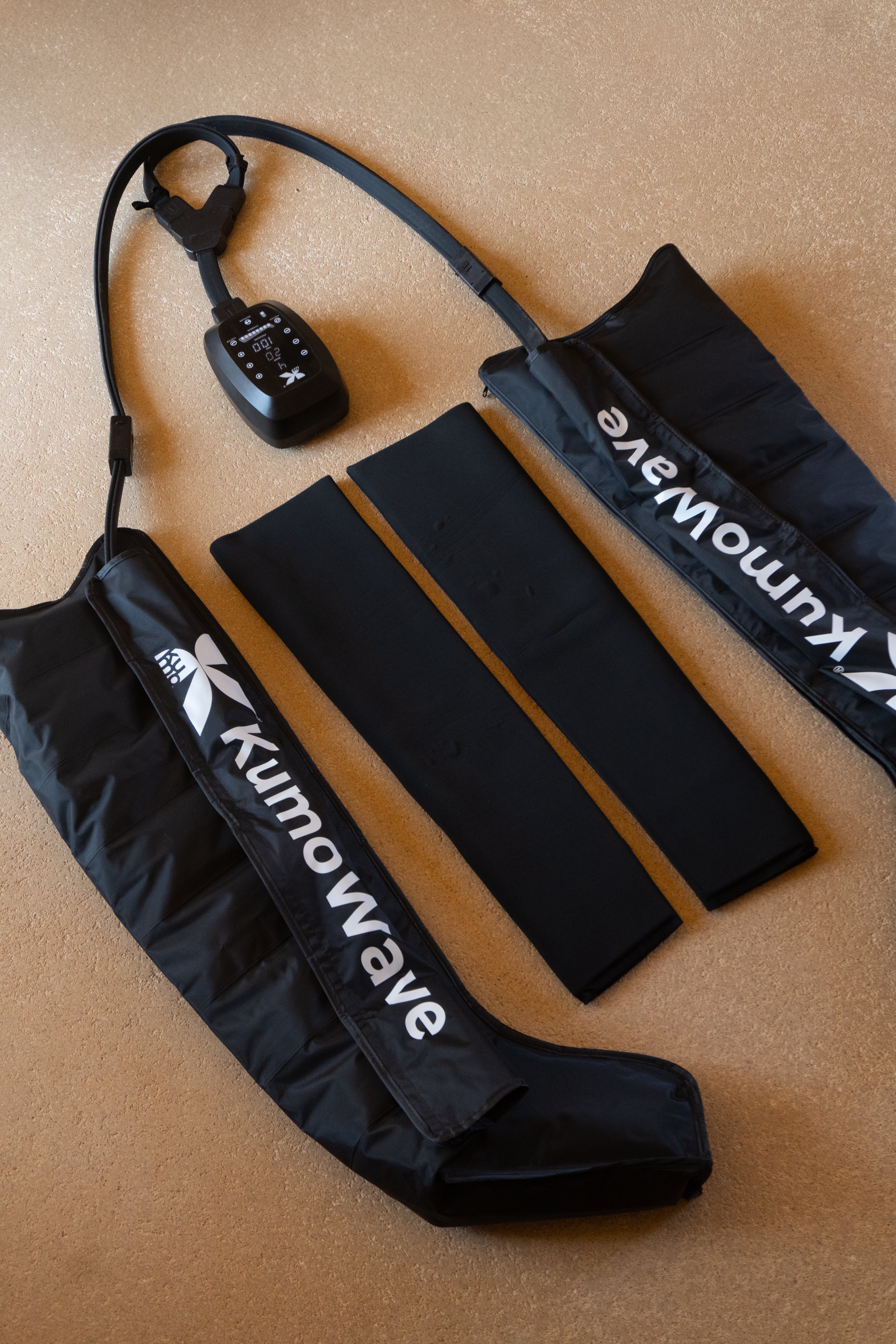Lymphatic drainage: what it is, real benefits, and how to do it right.
If you're looking to reduce swelling and heaviness and improve recovery, here's a practical, clear, and safe guide to applying (or receiving) manual lymphatic drainage in 2025. You'll see what to expect, how to do it step by step, when to avoid it, and what tools to use to enhance its effects at home.
Coming soon
- Gentle manual technique that facilitates the return of lymph, relieving swelling and heaviness.
- Useful for tired legs, mild fluid retention, and controlled lymphedema, as part of a comprehensive plan.
- Evidence: Moderate benefits when combined with compression and exercise (ISL 2020; Cochrane 2015).
- It's not a deep massage; it's performed with light pressure at a slow pace, from proximal to distal.
- Add-ons such as pneumatic compression, red light, and leg elevation can amplify results.
What is manual lymphatic drainage?
Manual lymphatic drainage (MLD) is a very gentle therapeutic massage technique designed to direct lymph toward lymph nodes and collectors, improving the clearance of fluids and waste. Unlike deep tissue massage, MLD works on the skin and subcutaneous tissue with low pressure, a steady rhythm, and specific maneuvers.
How the lymphatic system works
- The lymphatic system collects excess interstitial fluid, proteins and toxins, and returns them to the venous circulation.
- The “key points” are the lymph node areas (cervical, axillary, inguinal), which function as filtering stations.
- When there is overload or damage (e.g., after surgery), edema may occur. MLD seeks to "open" available pathways and promote return.
Evidence and limits of the technique
- The 2020 International Society of Lymphology consensus considers MLD as a cornerstone of lymphedema management within Comprehensive Decongestive Therapy (compression, skin care, exercise, and education), especially in expert hands (ISL, 2020). See ISL 2020 consensus.
- A Cochrane review (2015) observed modest additional benefits of MLD when added to compression in breast cancer-related lymphedema, particularly in mild to moderate cases. Cochrane Summary 2015 .
- The Cleveland Clinic notes that sessions typically last 30–60 minutes and use very gentle pressure, prioritizing safety and technique. Cleveland Clinic, 2023 .
Conclusion: Lymphatic drainage isn't magic, nor does it replace compression; it works best as part of a comprehensive approach with supportive habits and devices.
Potential benefits and who it's for
The DLM can help:
- Reduce the feeling of heavy legs and swollen ankles at the end of the day.
- Relieve mild edema and discomfort due to functional fluid retention.
- Monitor postoperative and post-injury processes when indicated by the physician.
- Improve mobility and comfort in chronic lymphedema as part of decongestive therapy.
Common indications
- Primary or secondary lymphedema, under the supervision of a specialist.
- Mild swelling on long journeys, standing work, hormonal cycle phases.
- Sports recovery: to facilitate the clearance of metabolites and reduce residual stiffness.
- Well-being and relaxation in people with stress or disturbed sleep.
Contraindications and precautions
Avoid DLM or consult a professional first if you have:
- Acute infections (cellulitis), fever, or open wounds.
- Deep vein thrombosis, decompensated heart failure or severe kidney failure.
- Uncontrolled active cancer or cancer treatments without medical authorization.
- Severe symptomatic hypotension.
- Pregnancy: do this only if indicated by a specialist, adapting maneuvers and positions.
Practical step-by-step guide (at home)
This guide outlines a basic and safe self-massage. If you have a medical condition, please seek professional advice first.
Preparation and material
- Quiet atmosphere, pleasant temperature and clean skin, without heavy creams.
- Comfortable position: semi-sitting or lying down with legs slightly raised.
- Very gentle pressure (moves the skin without digging into the tissue), slow and constant rhythm.
- Guideline duration: 15–30 minutes for self-care; clinical sessions are typically longer (Cleveland Clinic, 2023).
Breathing and “opening” of zones
- Diaphragmatic breathing: 5 deep breaths, expanding the abdomen as you inhale.
- “Open” stations: gentle maneuvers on the clavicles/supraclavicular, axillae (if applicable), and groin. The idea is to clear “central” pathways before mobilizing fluid from distal areas.
Sequence by zones (example)
- Neck and collarbones: very gentle glides towards the base of the neck.
- Arms: Start proximally (shoulder/armpit), continue toward the elbow and forearm, and finish with the hand, always directing the flow toward the armpit on the same side.
- Abdomen: very gentle circular movements in a clockwise direction.
- Legs: Start with the thigh and groin, continue with the knee, calf, and finally the foot; direct the flow toward the groin area.
- Face (optional): delicate maneuvers towards the preauricular and submandibular areas, useful for mild congestion.
Tips:
- Do several repetitions per area, without pain or redness.
- Stay hydrated before and after; it's common to urinate more after a good session.
Recommended duration and frequency
- Wellness self-care: short, regular sessions (e.g., several times a week).
- Lymphedema and pathology: The ISL consensus (2020) contemplates intensive phases with high frequency within decongestive therapy, followed by maintenance with compression and exercise. Always consult with your therapist.
- Signs of "too much": dizziness, pain, or increased swelling. If these appear, stop and consult a doctor.
Add-ons that enhance the result
Manual drainage improves when integrated with recovery-oriented habits and technology.
Intermittent pneumatic compression
Compression boots help mobilize fluids and relieve heaviness, especially in the legs. Use them after opening proximal areas with MLD and accompany them with limb elevation. Explore our pneumatic compression boot solutions to create a complete home routine.
Red light and photobiomodulation
Red light therapy can promote muscle recovery, rest, and overall comfort, helping you maintain a consistent wellness routine. Combining short photobiomodulation sessions with DLM is a practical strategy for training days or long periods of standing. Discover our range of LED light therapy .
Muscle percussion and stretching
They're not a substitute for MLD, but relaxing constricted muscles facilitates lymphatic return by reducing tension. Use them on muscles (not directly on lymph nodes) and finish with a few minutes of gentle drainage. Learn about the KumoPulse Air percussion massager for precise muscle release.
Post-session care and daily habits
- Hydration: Sip water throughout the day.
- Gentle movement: walking, joint mobility, diaphragmatic breathing.
- Elevation: Keep your legs elevated for 10–20 minutes if you notice congestion.
- Skin: Moisturize and check for signs of irritation.
- Compression: If prescribed, use as directed.
- Sleep and stress: prioritize quality rest; dim lighting routine at night.
Looking for a comprehensive recovery routine with aesthetics and technology? Get inspired by the KUMO homepage and create your wellness setup.
Common mistakes to avoid
- Press hard or fast: The DLM is smooth and rhythmic.
- Start with distal areas without “opening” proximal pathways.
- Do this with very slippery skin: a light friction improves the effect.
- Ignore contraindications or warning signs.
- Do not combine with compression, exercise and skin care when indicated.
Short summary table
| Aim | To do | Useful complement |
|---|---|---|
| Heavy legs at the end of the day | Gentle DLM + lift + short walk | Compression boots: see options |
| Mild swelling after travel | “Open” clavicles/groins + proximal→distal sequence | Hydration + red light: LED range |
| Sports recovery | Light post-workout DLM + mobility | Muscle percussion: KumoPulse Air |
| Lymphedema maintenance (with indication) | Therapist-guided DLM + compression | Consultation and support: contact KUMO |
Frequently Asked Questions
Does lymphatic drainage help you lose weight or “detoxify”?
MLD doesn't burn fat or replace diet and exercise. Its main effect is to promote fluid return and relieve congestion, which can translate into a smaller girth due to less edema, not fat loss. It can also improve mobility and comfort, making it easier to move more and rest better. Use it as a complement to an active lifestyle, proper hydration, and sleep habits, not as a miracle "detox" cure.
When will I see results and how long will they last?
Many people report a feeling of lightness and less swelling immediately or in the following hours, with increased urine output. The duration varies depending on the cause: in functional swelling, it can last one or several days; in chronic lymphedema, the benefit is sustained when integrated into comprehensive decongestive therapy (compression, exercise, skin care), as recommended by reference guidelines. Regularity and combination with healthy habits make a difference.
Can I do lymphatic drainage during pregnancy or postpartum?
During pregnancy, DLM can relieve heavy legs and mild fluid retention, but it should be performed with medical authorization and by trained professionals. Avoiding pressure on the abdomen and adjusting positions should be done. Postpartum, it can also help, especially in the legs and feet. If there are medical conditions (e.g., gestational hypertension, thrombosis, infections), a prior assessment is essential. If you have any questions, prioritize safety and consult your specialist.
Lymphatic drainage or pressotherapy: which is best for home use?
They don't compete, they complement each other. MLD "opens pathways" and gently mobilizes; pneumatic compression provides an external gradient that promotes venous-lymphatic return, ideal for tired legs. A practical routine: brief proximal MLD, boot session, and final elevation. If there is a pathology or recent surgery, request a personalized guideline. You can learn about compression options in our pressotherapy section.
Is it normal to urinate more or feel thirsty after a session?
Yes, it's common to experience increased urine output and increased thirst, a sign that fluid has been mobilized. Stay adequately hydrated throughout the day and avoid sugary or overly caffeinated beverages. If you experience dizziness, palpitations, persistent redness, or a noticeable increase in swelling, discontinue your routine and seek medical advice. If you have heart or kidney conditions, always follow your doctor's instructions before performing MLD.
Resources and references
- International Society of Lymphology, 2020 Consensus Statement on Lymphedema: Fundamentals of Decongestive Therapy and the Role of MLD. ISL 2020 Document.
- Cochrane Review (2015): DLM added to compression in post-breast cancer lymphedema, modest additional benefits. Cochrane 2015 .
- Cleveland Clinic (2023): Practical explanation of lymphatic drainage massage and typical session length. Cleveland Clinic .
Need help putting together your recovery routine? Write to us: contact the KUMO team .
To remember
- Lymphatic drainage is gentle, rhythmic, and proximal→distal: less is more.
- It works best when combined with compression, exercise, breathing, and skin care.
- Benefits: Swelling relief, lightness, and comfort; does not replace healthy habits.
- Avoid if there are infections, thrombosis, decompensated heart failure or medical concerns.
- Technology that adds: pneumatic compression, red light, and well-planned muscle percussion.
- Start your smart recovery routine with KUMO today: discover more at kumobalance.com .
